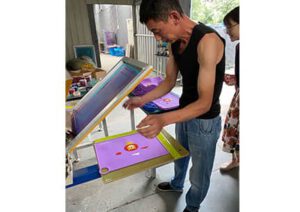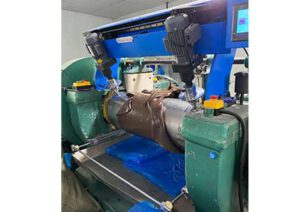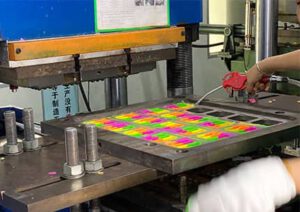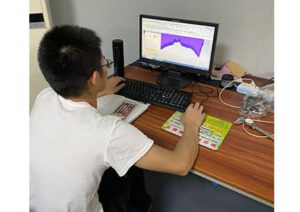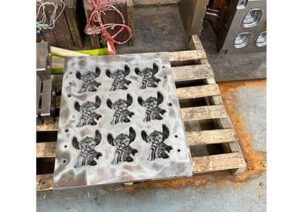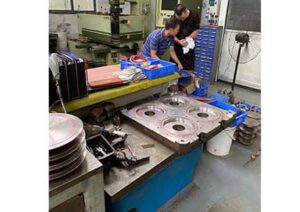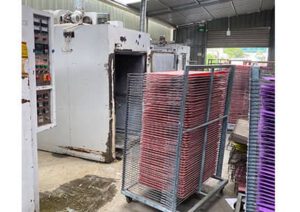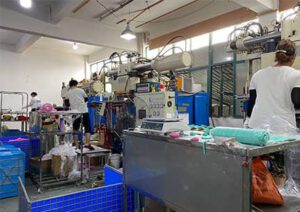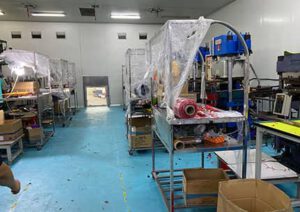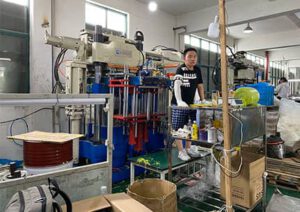Rubber products are highly elastic polymer compounds,
including unvulgarized and vulcanized versions.
Natural rubber and synthetic rubber are two types of rubber products.
Natural rubber comes from rubber trees. Polymerization or polycondensation of monomers results in synthetic rubber.
Raw rubber or natural rubber products are unvulgarized rubber products. In manufacturing sealing rings, foot pads, and other rubber products, vulcanized rubber products are familiar as cooked rubber or rubber.
A silicone product is a one-component, liquid rubber product which vulcanizes at room temperature. The silane monomer will condense if exposed to the air to form a network structure.The system is cross-linked, cannot be melted or dissolved, is elastic, becomes a rubber product, and adheres to objects simultaneously. Its thermal conductivity is slightly higher than ordinary rubber products, and once cured, it isn’t easy to separate bonded things.
Silicone rubber refers to a rubber whose main chain is composed of alternating silicon and oxygen atoms, and two organic groups are usually the silicon atom.
General steps for silicone rubber molding are below.
Silicone rubber molding generally includes basic processes such as chewing, mixing, calendering or extrusion, molding, and vulcanization. Each method has different requirements for the product and is by several auxiliary operations. Add various required compounding agents to the rubber. It first has to be masticated to increase its plasticity; then, multiple rubber additives and rubber are uniformly mixed into a rubber compound by kneading; the rubber compound then extrudes. A specific shape of the blank is combined with the calendered or glued textile material (or with the metal material) to form a semi-finished product; finally, the plastic semi-finished product is a highly elastic final product after vulcanization.
The molding methods of rubber products include compression molding, extrusion molding, injection molding, and calendering molding.

